American Agave (Agave virginica), also called American Aloe, Eastern Agave, or False Aloe, is a perennial succulent belonging to the Asparagaceae family. Native to the United States, this striking plant is recognized for its ability to thrive in a variety of conditions and its role in supporting pollinators like sphinx moths, bees, and hummingbirds. Sometimes referred to as Rattlesnake Master or Virginia Agave, it is a hardy addition to gardens, offering both ornamental value and ecological benefits.
| Common name | American Agave, American Aloe, Decidious Agave, Eastern Agave, False Aloe |
| Botanical name | Agave virginica |
| Family | Asparagaceae |
| Species | virginica |
| Origin | United States |
| Life cycle | Perennial |
| Plant type | Herbaceous Perennial |
| Hardiness zone | 6, 7, 8, 9 |
| Sunlight | Full Sun |
| Maintenance | Low |
| Soil condition | Sand |
| Soil ph | Alkaline |
| Drainage | Well-Drained |
| Growth rate | Medium |
| Spacing | 12 in. – 3 ft. |
| Harvest time | Fall |
| Flowering period | Fall |
| Height | 3 ft. – 6 ft. |
| Flower color | Gold, Yellow |
| Leaf color | Green |
| Fruit color | Brown, Copper |
| Fruit type | Capsule |
| Leaf benefit | Long-lasting |
| Flower benefit | Fragrant |
| Garden style | Drought Tolerant Garden |
| Uses | Naturalized Area |
I. Appearance and Characteristics
Agave virginica, synonym Manfreda virginica, commonly known as the false aloe, rattlesnake master, American aloe, Virginia agave, and eastern agave, is a species of agave. It is native to the central and southeastern United States and northeastern Mexico, where it is found in prairies, upland rocky glades, and sandy open woods.
False aloe is acaulescent, meaning the stem is extremely short. Leaves and flowering stems grow from a bulbous herbaceous caudex. The fleshy green leaves, usually spotted or speckled with maroon, are 10–46 cm (4–18 in) long and 1–6 cm (0.5–2.25 in) across. The leaf margins have fine teeth and leaves taper to a non-spiny tip. Leaf shape and size in Agave virginica vary with soil type, amount of shade, length of cold period, and position of leaf in the rosette. Speckles and spots occur frequently on some leaves in most populations, and some authors have used the informal designation “forma tigrina” for such variants.
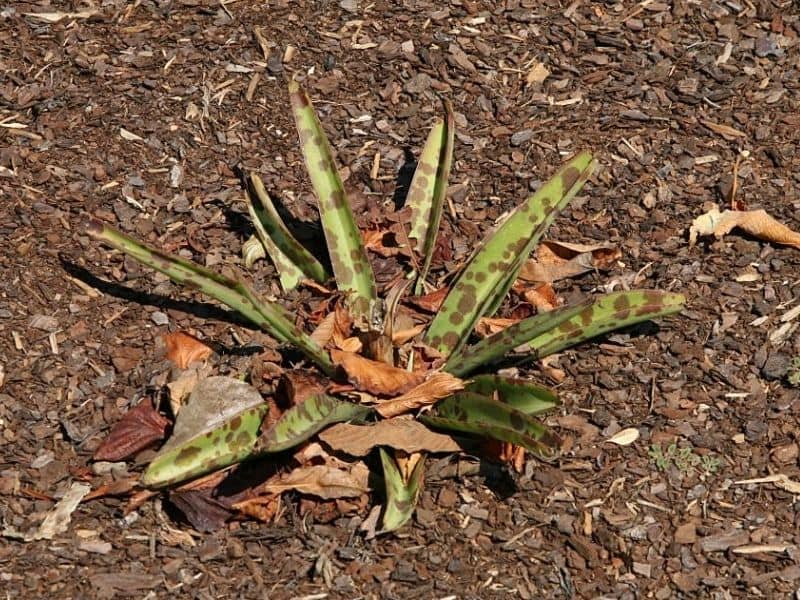
In early summer, leafless flower stalks emerge from the basal rosettes of leaves, growing rapidly up to 2.1 m (7 ft) tall. The inflorescence appears June to August, with 10–61 closely spaced flowers grouped in a spike that is about 15–61 cm (6–24 in) long. Each flower, 2–3 cm (0.75–1.25 in) long, is whitish green or yellowish green, essentially tubular, nearly erect, and slender, with a fragrant sweet fruity odor. Seed capsules are spherical and 1–1.7 cm (0.4–0.7 in) in diameter.
Agave virginica is adapted primarily to nocturnal pollination by medium-sized moths and larger sphinx moths. Diurnal pollination by large bees results in significantly less seed set than nocturnal and open pollination. Ruby-throated hummingbirds are also attracted to the blooms.
II. How to Grow and Care
Sunlight
False aloe thrives in conditions of full sun, where the intensity of light promotes robust growth and optimal health. The duration of light exposure should be generous, ideally akin to the natural outdoor environment. While false aloe tolerates partial sun, excessive shade may result in suboptimal growth and could potentially lead to etiolation. In outdoor settings, false aloe should be planted in locations with clear exposure to sunlight for most of the day. The plant’s foliage may exhibit adaptive behaviors, such as slight color changes or orientation shifts, to maximize light absorption in varying conditions.
Temperature
False aloe is native to the arid and semi-arid tropical regions of the Western Hemisphere. It likes a warm and dry environment and has an adaptable growth temperature of 15 to 25 ℃. At night, it grows best at a temperature of 10 to 16 ℃. A cold and dry winter is beneficial to its reproduction, however, the temperature in winter should be kept above 5 ℃.
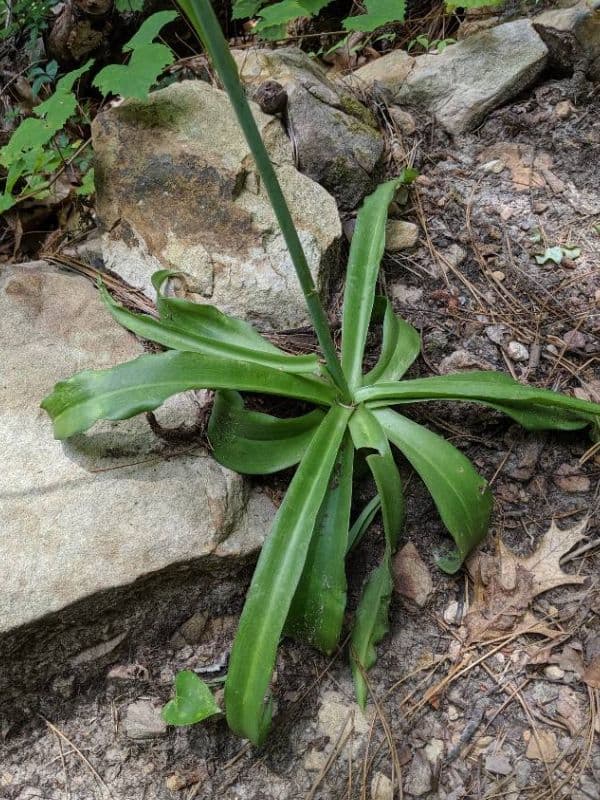
False aloe is naturally very strong and does not require much water. During the growth period in summer, however, plenty of water and ventilation should be provided. Gradually reduce the amount of water provided after fall begins and reduce watering even further during dormancy in winter.
Watering
False aloe thrives in arid environments, indicative of its native habitat’s low-water conditions. It has a remarkable drought tolerance and prefers drier soil between waterings. Watering should occur once every three weeks to maintain optimal moisture levels without over-saturating the plant. Typically grown outdoors due to its size and structural form, false aloe is an evergreen that retains its resilience even in varying temperature ranges, making it a steadfast presence in xeric landscapes.
Soil
False aloe should be planted in soil that is loose, fertile, has good drainage, and is mixed with mold and coarse sand. This fulfills the plant’s requirements for looseness, permeability of water and air, supply of nutrients, etc. The matrix and ratio for reference are 2/5 Leaf mold + 3/10 pine needle soil + 1/5 coarse sand + 1/10 bone meal.
The soil proportions can also be adapted to the environment where the plant is planted. If the environment is rainy and humid, the proportion of coarse sand can be increased to endure good drainage and avoid root rot caused by the accumulation of water at the roots. If the environment is dry with little rain, the proportion of leaf mold can be increased to maintain moisture in the soil so that the roots will not wither due to dryness.
Fertilizing
Fertilize false aloe with succulents and cacti food sparingly, ideally during the growing season, spring through fall, to support root health and robust growth. A monthly application of a diluted half-strength solution suffices. Over-fertilization can harm false aloe, so ensuring the correct amount is crucial. Benefits of appropriate fertilization include enhanced vigor and potentially better floral display. Adjust fertilization in winter, substantially reducing frequency, as false aloe’s growth slows.
Practicing caution, avoid direct contact with the plant’s base to prevent chemical burn. For effective application, integrate fertilization into regular watering. These guidelines cater to gardeners of all levels, facilitating nourished and thriving false aloe.
Planting Instructions

False aloe has a high germination rate through sowing, which is usually carried out in spring. The optimum temperature for seed germination is no less than 15 ℃ at night and around 30 ℃ during the day. If the temperature falls below 10 ℃ at night and 20 ℃ during the day, the rate of seed germination will be greatly reduced. After sowing, you must cover the surface of the pot with plastic wrap to preserve the warmth and moisture within.
After 7 – 10 days, seedlings will emerge., False aloe grows slowly, so there is no need for frequent repotting. Large particles such as ceramsite with a diameter of about 1 cm can be laid at the bottom of the pot to prevent water accumulation and root rot. Plant in pots with good permeability, such as earthenware. The size of the pot should be 2-3 times the size of the plant to ensure that there is enough space and soil fertility for false aloe to grow.
Pruning
As new leaves grow, the lower leaves will gradually yellow and finally dry. Removing the old leaves promptly will keep false aloe looking good. Leaves that are infected with pests and diseases should be trimmed to prevent infecting healthy leaves.
Propagation
The most common propagation method for false aloe is division, which is usually carried out during growing seasons or when repotting. Carefully remove shoots that have sprouted from the leaves of the plant. If a removed shoot has roots and no wound at its base, it can be planted directly into a pot. If a removed shoot has no roots or has a wound, it will need to be placed in a cool and well-ventilated environment for about 5 days for the wound to fully dry and heal. After that, plant it in soil with good drainage and ventilation. It will generally take root in 10 days and survive.
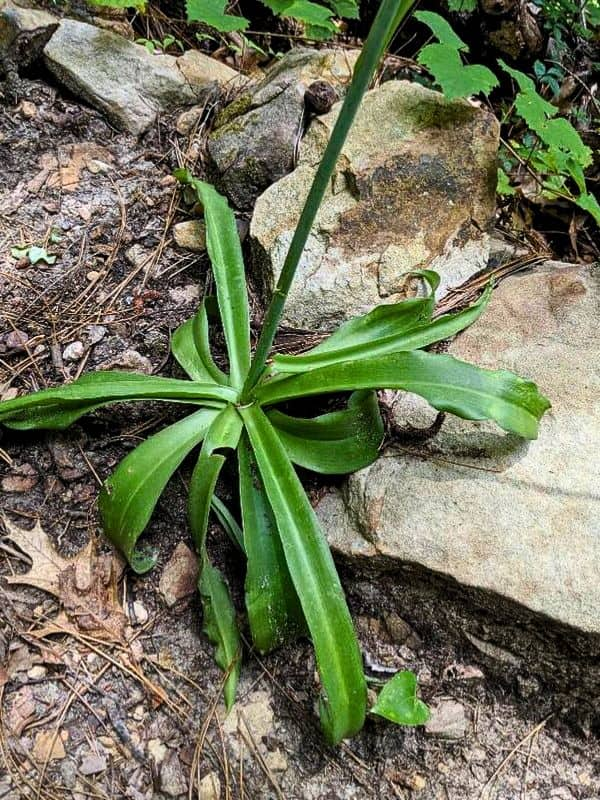
It takes a long time for false aloe to grow from a seedling to a flowering plant. Generally, when flowering, false aloe will grow one or many long flower spikes. When the flowers are about to die, a cluster of seedlings will very often grow at the top of the spike. These can be harvested and replanted.
False aloe can also be propagated by sowing, but it’s uncommon because it requires a long time to grow from a seedling to an adult plant. Additionally, cross-pollination is required to breed seeds. Seeds can be collected and sowed in spring and will take about 10 days to germinate. As long as the temperature is suitable, the germination rate of false aloe is high and seedlings are easy to manage.
Transplanting
False aloe flourishes when transplanted during the mild days of late spring or early summer. This time allows the plant to establish roots before winter. Ideally, choose a location with well-draining soil and full sun. Be gentle during the transplant to prevent root damage.
Repotting
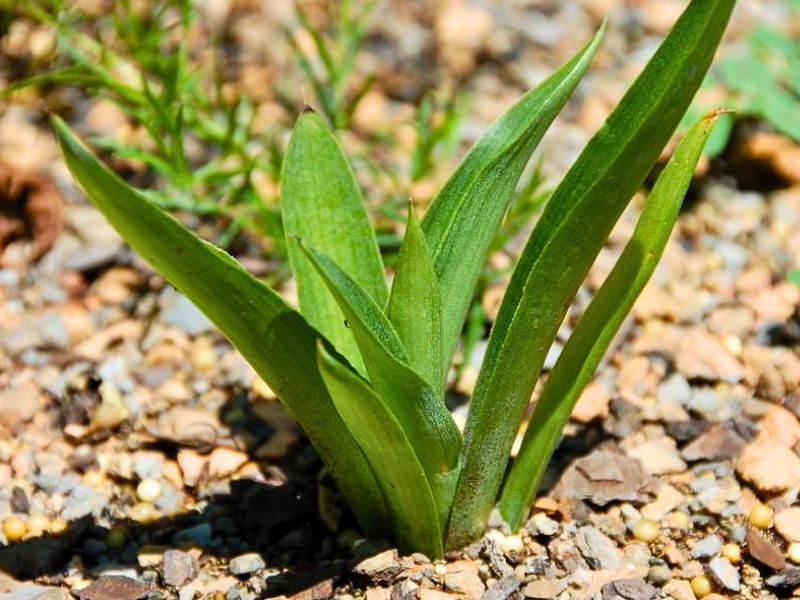
For false aloe, a succulent that does not exceed 2 feet in height, repotting is optimal every 2 years during spring, when its growth cycle reactivates. Opt for a container with depth to accommodate its extensive root system and ensure it is only slightly larger than the previous one. After repotting, allow the soil to dry before watering to reduce root rot risk. Friendly advice: false aloe is hardy but thrives with this mindful approach!
Find Where to Buy the Best False Aloe (Agave virginica)



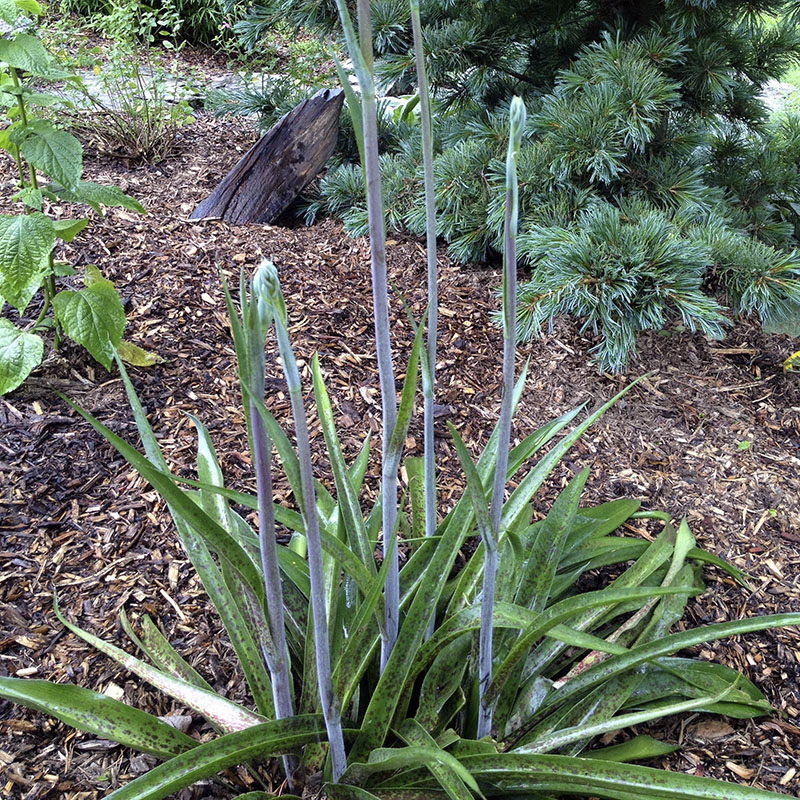














Leave a Reply